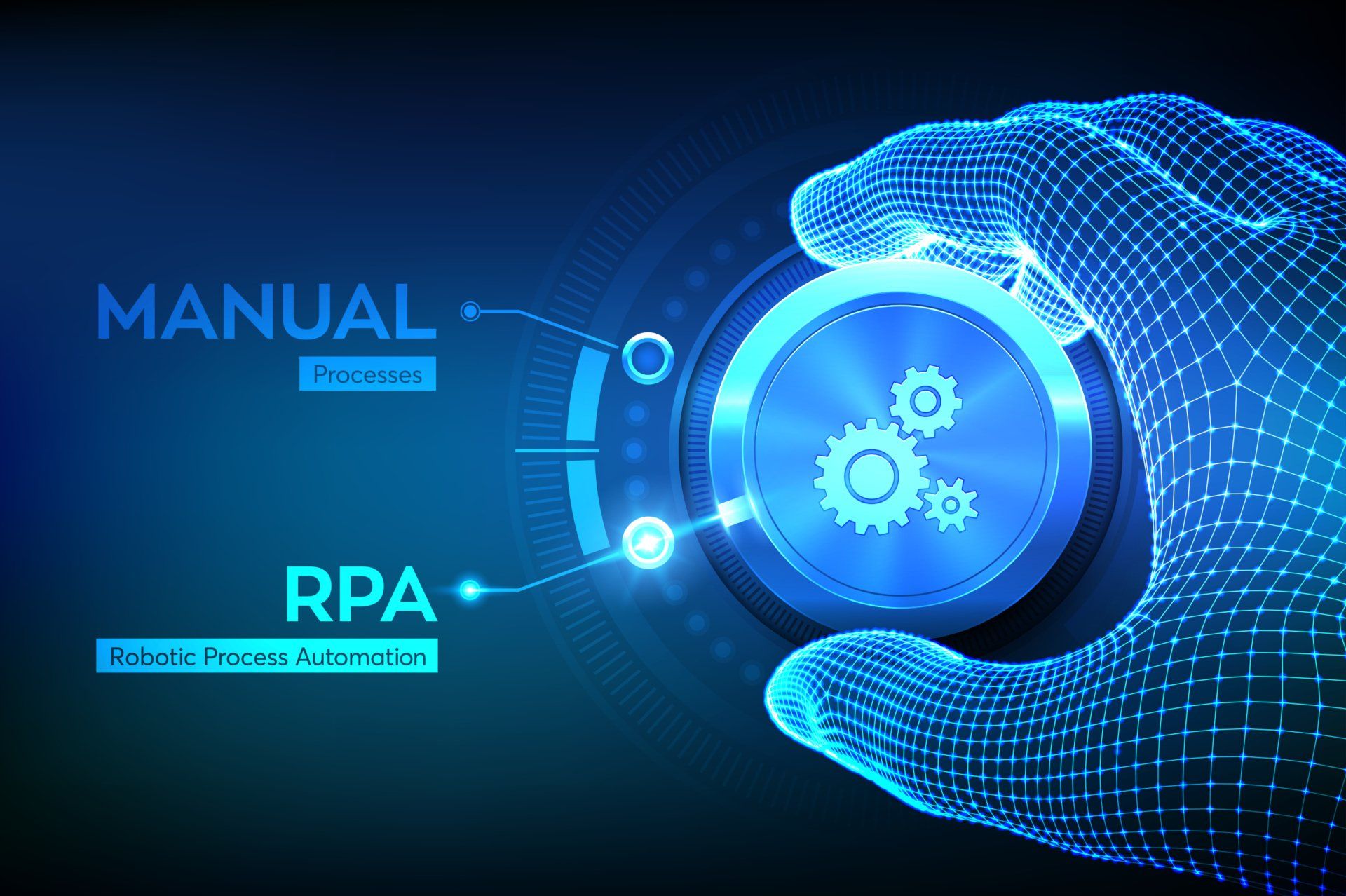Embracing the Future: The Power of Robotic Process Automation
Embracing the Future: The Power of Robotic Process Automation

In today's fast-paced world, businesses are constantly seeking ways to improve efficiency and reduce costs. One innovative solution that has gained significant traction is Robotic Process Automation (RPA). RPA is transforming the way organizations operate by automating routine and repetitive tasks, enabling employees to focus on more strategic activities. Let's dive into what RPA is and how it's revolutionizing the business landscape.
What is Robotic Process Automation?
Robotic Process Automation is a technology that uses software robots or 'bots' to automate repetitive, rule-based tasks that are typically performed by humans. These bots can interact with digital systems and software in much the same way a human would, but with greater speed, accuracy, and consistency. RPA bots can handle tasks like data entry, processing transactions, managing records, and even responding to simple customer service queries.
Key Benefits of RPA
- Increased Efficiency: RPA bots work around the clock without breaks, enabling a significant increase in productivity.
- Cost Reduction: Automating tasks reduces the need for manual labor, leading to cost savings for businesses.
- Accuracy and Quality: Bots reduce the likelihood of human error, ensuring higher accuracy and quality of work.
- Scalability: RPA can easily scale up or down based on business needs, providing flexibility and adaptability.
- Employee Satisfaction: By taking over mundane tasks, RPA allows employees to focus on more engaging and value-added activities.
Applications of RPA Across Industries
RPA is versatile and finds applications in various industries:
- Finance and Banking: For processing transactions, managing accounts, and compliance reporting.
- Healthcare: For patient data management, appointment scheduling, and billing.
- Retail: In supply chain management, inventory control, and customer service.
- Manufacturing: For procurement, supply chain operations, and back-office processes.
Implementing RPA in Your Business
The implementation of RPA should be strategic:
- Identify the Right Processes: Focus on tasks that are repetitive, rule-based, and high in volume.
- Choose the Right Tool: Select an RPA tool that aligns with your business requirements and integrates seamlessly with existing systems.
- Test and Deploy: Start with a pilot project, analyze the results, and then scale up.
- Continuous Monitoring: Regularly monitor and tweak the bots for optimum performance.
The Future of RPA
The future of RPA is promising and is expected to include more advanced features like machine learning and artificial intelligence. This will enable RPA to handle more complex tasks and make more intelligent decisions.
Conclusion
Robotic Process Automation represents a significant leap forward in how businesses can streamline operations and enhance productivity. By embracing RPA, companies can not only improve their bottom line but also empower their workforce to contribute more creatively and strategically. The era of digital transformation is here, and RPA is undoubtedly a key player in this revolution.
Please click here to see how you can create your own automations using ElectroNeek RPA Platform
Contact us
hello@jobdoneautomation.com
Menu
Subscribe to our monthly digest
Let us show you how you could benefit from our services
Join the Newsletter
We will get back to you as soon as possible
Please try again later
All Rights Reserved | Job Done Automation
